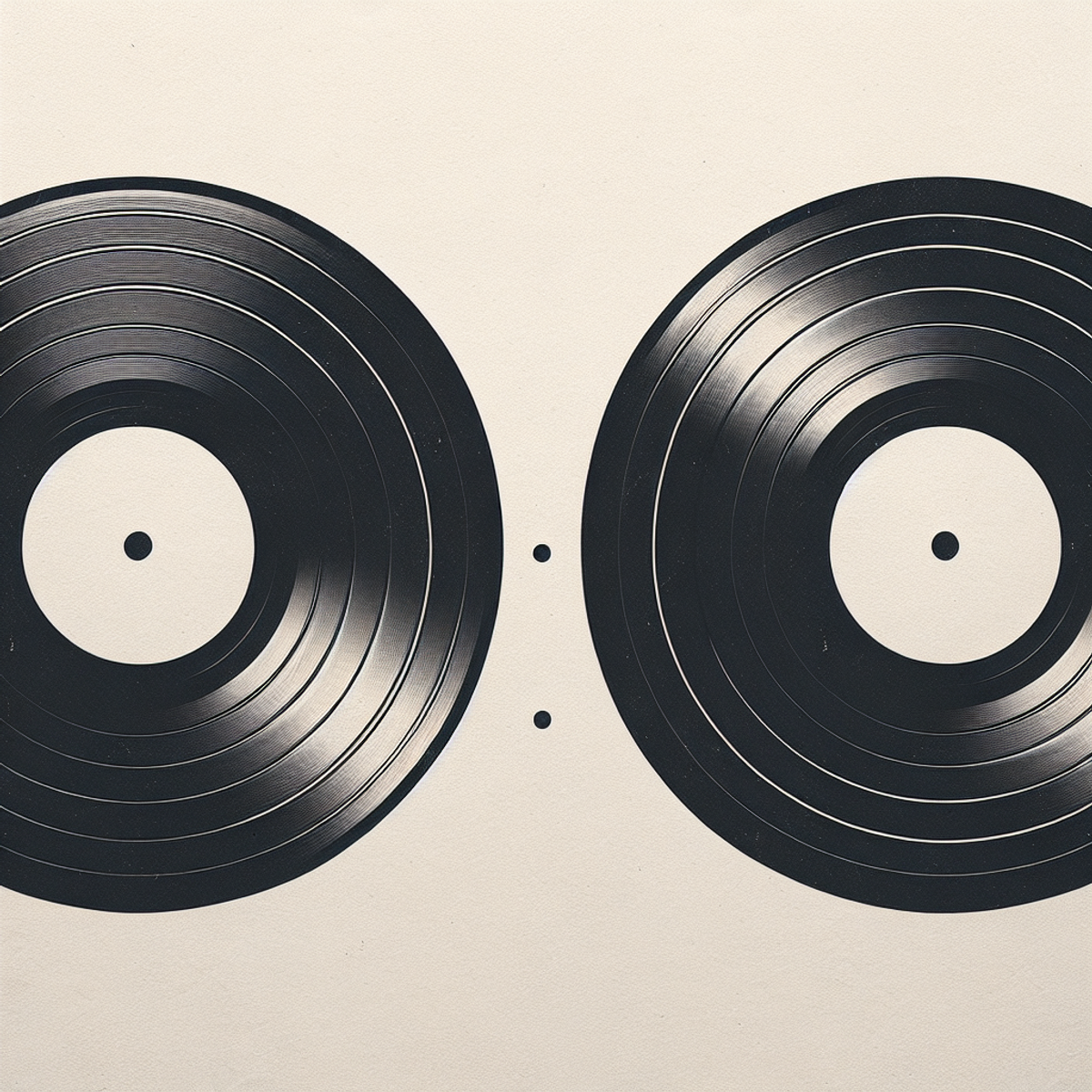P: 302-550-6871 | E: support@thdexchange.com
P: 302-550-6871 | E: support@thdexchange.com


Beatmatching is a key DJ skill that involves aligning the beats of two tracks for smooth transitions. This technique is essential for maintaining a steady tempo and creating cohesive mixes. In this article, we'll explore how Traktor, a popular DJ software, can help you learn and master beatmatching.
Learning beatmatching can be tough. It requires a good ear, precise timing, and lots of practice. Many DJs are tempted to rely heavily on software sync functions, which can hinder true beatmatching skills.
Fortunately, resources like The Hollywood Exchange offer expert guidance on overcoming these challenges. They provide audio and visual expertise along with deep knowledge of DJ equipment.
Traktor has several features to help with beatmatching:
These tools assist in manual beatmatching and help DJs understand track alignment. Whether you're a beginner or an experienced DJ, Traktor offers a platform to enhance your skills.
By the end of this guide, you'll see how Traktor can improve your approach to beatmatching, making it easier to create professional-level mixes.
Beatmatching is essential for smooth transitions and cohesive mixes. It involves matching the tempos of two tracks so their beats align perfectly, allowing seamless switches between songs without disrupting the dance floor flow.
Mastering beatmatching ensures your mixes are smooth and maintain consistent energy.
With confidence in your beatmatching abilities, you can choose tracks that harmonize well together, leading to better blends and an improved listening experience.
Effective beatmatching enables creative transitions like:
These techniques add variety and excitement to your mixes.
Precise beatmatching helps you use EQ controls more effectively by:
Beatmatching lays the foundation for harmonic mixing, where tracks are blended based on key compatibility for pleasant-sounding mixes.
Beyond its technical benefits, beatmatching helps with:
Improving your beatmatching skills will elevate these areas and enhance your performances.
Traktor offers features like the phase meter and BPM counter to aid in manual beatmatching practice.
Incorporating these tools into practice sessions improves your manual beatmatching skills, crucial for seamless DJ performances.
Traktor’s sync function can ease beatmatching by automatically aligning beats but shouldn't replace manual skills. Over-reliance on sync hinders manual skill development necessary for different setups and troubleshooting sync failures.
To avoid over-reliance on sync:
Balancing these methods with Traktor’s features helps master beatmatching effectively.
Beat gridding creates a visual representation of beats in a track, helping align tracks manually or using sync function.
By mastering these techniques, you'll improve your beat grids and overall mix quality.
Recording mixes helps evaluate your beatmatching skills objectively over time using Traktor’s recording feature.
Key Tips for Analyzing Mix Recordings:
Following these tips helps make the most out of recordings and improve your skills systematically.
Enhance your skills by practicing with physical MIDI controllers which offer hands-on control over tempo/pitch adjustments using MIDI mapping as needed.
Recommendation: Check out DJ Steven Maude's blog post on valuable Traktor techniques.
Using Traktor enhances learning to beatmatch. While it's an excellent aid, developing strong manual skills remains crucial.
1 Balance Technology and Manual Skills 2 Practice Regularly
Incorporate these practices to become a versatile DJ capable of delivering seamless performances across different setups.
Beatmatching allows seamless transitions and cohesive mixes while enhancing track selection, transitions, EQing, and harmonic mixing.
By providing tools like phase meter/BPM counter for manual practice along with sync function/beat gridding assistance.
Phase meters and BPM counters are tools that can improve manual skills.
Benefits include time efficiency/focus consistency while limitations involve hindering skill development/sync failures/reduced flexibility.
Proper setting/adjustment ensures smooth mixes avoiding syncing issues.
Helps assess quality identifying improvement areas ensuring blend consistency.
Practicing physical controllers helps improve manual adjustments, and it's always beneficial to take advice from experts like Steven Maude.
Use Traktor to support your learning and practice in refining your abilities by dedicating regular sessions behind the decks. This will involve manually adjusting the tempo and pitch, ensuring a well-rounded experience.